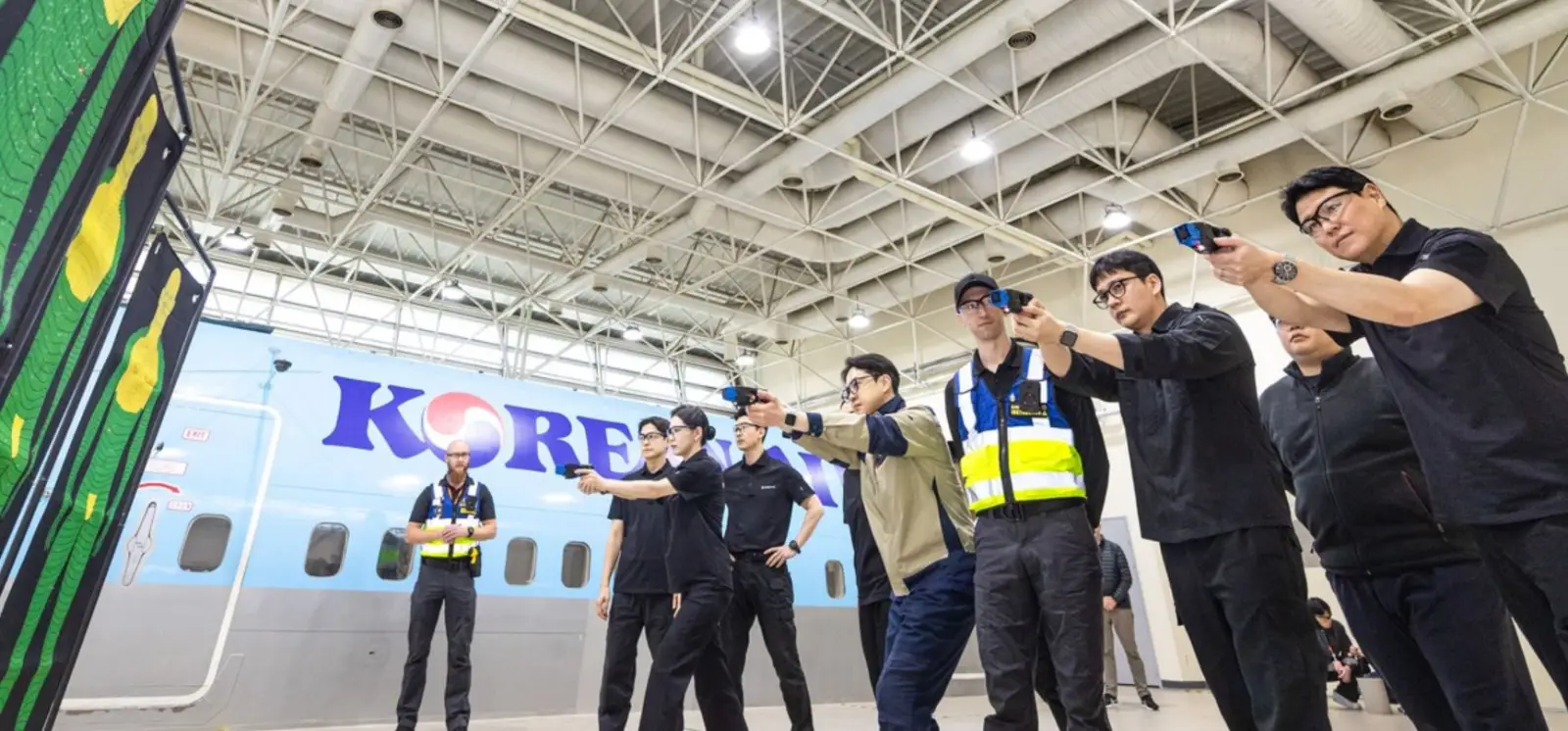Your suitcase has set off down the conveyor belt sporting a label marked LAX or SYD or JNB, and that’s where you hope both you and it will end up.
These three letters are the code for the destination airport, and like all codes, they can be a bit of a mystery until you look at the logic – or in some cases apparent lack of it – behind it.
Airport coding began in the 1930s in the United States when pilots found it a convenient way to identify locations. Air travel was growing exponentially – according to statistics from the Smithsonian National Air and Space Museum, the number of commercial airplane travelers rose from 6,000 in 1930 to 1.2 million by 1938.
Initially, a two-letter code for identifying cities was adopted from the National Weather Service (NWS), but not all cities had an NWS identity and the growth of new airports made this unpractical. In addition, only using two letters meant that available combinations soon ran out.
Airports began to choose their own three-letter identities, which allowed for a total of 17,576 permutations, but it wasn’t until the 1960s that the system we know today came into being.
Regulated by Montreal-based IATA, the International Air Transport Association, the unique code for every airport is published twice a year in the IATA Airline Coding Directory. In addition to airports, IATA codes are also given to ferry, train, bus, and helicopter terminals that share ticketing and baggage transfers with airlines. Their use is vital to the smooth running of the airline industry, which relies on the codes for booking, baggage handling, and passenger and freight movement.
As well as IATA versions, there is another code type that is defined by ICAO, the International Civil Aviation Organization. These codes are separate from IATA codes, consist of four letters, and are the international standard for operations between air traffic service providers, such as air traffic controllers. They are used for flight plans and are usually the ones you will see on flight tracking apps.
The typical business or leisure traveler will therefore be more familiar with the IATA codes. There are a number of different ways in which these codes are chosen, some of which are obvious and some which need a bit of research into the history of the airport.
The easiest codes to decipher are those named directly after the city, for example, SYD for Sydney or IST for Istanbul. Others feature a combination of letters from the name, such as AHN for Athens or BCN for Barcelona.
Many large cities will have several airports which means that some assignments may not be straightforward. For example, if you’re flying to New York, there are three major airports, John F Kennedy International (JFK), LaGuardia (LGA) and Newark Liberty International (EWR). The first two are self-explanatory, but where does EWR come from? In America, all codes starting with N are reserved for use by the US Navy, so three other letters from ‘Newark’ were picked, and as ‘Liberty’ was added to the name in 2002 to pay tribute to the victims of United Airlines Flight 93, it doesn’t figure in the designation at all.
Chicago O’Hare Airport’s code is ORD, and while you might expect the ‘O’ for O’Hare, it’s actually a throwback to its original name, Orchard Field Airport. Renamed in 1949 after aviator Edward ‘Butch’ O’Hare, who single-handedly attacked a formation of nine heavy bombers approaching his aircraft carrier in 1942, the airport’s original code was carried over.
Another puzzle is why the letter X features in so many airport codes, such as LAX for Los Angeles or DXB for Dubai. This dates back to the changeover from two-letter codes to three when it was deemed easier to add an X to the name.
A study of airport codes wouldn’t be complete without looking at some of the more amusing ones. Guaranteed to raise a smile is a journey to Derby Field Airport in Nevada, known as LOL, Omega Airport in Namibia, designated OMG, or Yuma in Alaska which is YUM. Brazil’s Poco de Caldas Airport and Russia’s Bolshoye Savino Airport are POO and PEE respectively, while Sioux City, Iowa, rejoices under the handle of SUX. Airport officials here have embraced their rather memorable code, and at the airport you can buy merchandise branded ‘Fly SUX’.
So, as you fasten your seatbelt for take-off, the airline code will be playing a key role in ensuring you end up at the correct destination, whether you’re flying from AAR (Aarhus) or ZRH (Zurich).
Source: artemisaerospace.com













